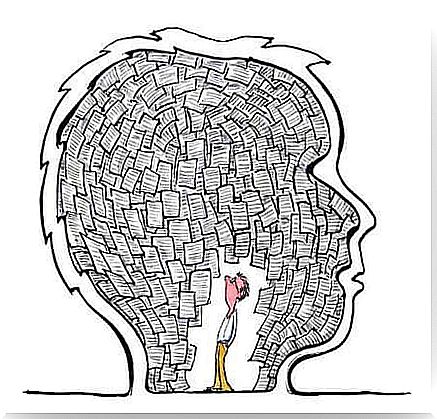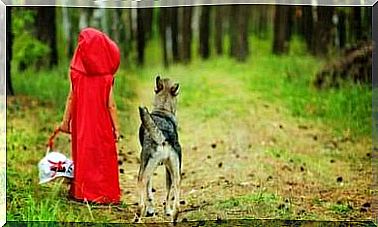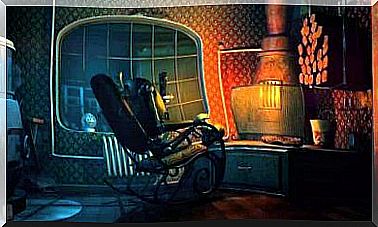What Is The Best Way To Learn New Words?

Neuroscientists have discovered the secret of how our brains work best when we learn new words: by seeing words as pictures.
Where the origin of orthography is in the human brain is still a matter of dispute. But advances are being made in the field.
People who do not learn words by sound alone, as is the standard way of learning to read, can acquire new words through visual methods. That’s a secret weapon to efficiently new words and learn quickly.
According to the researchers, our brain is able to learn new words very quickly if it can recognize the individual word as a unit.
The results of the study
Researchers have concluded that part of our brains collects words as a whole, rather than just storing individual letters or syllables. According to this, a part of the brain could store words photographically and call them up again later.
According to the latest reports, the brain area that is responsible for the visual representation of words is located in the rear left hemisphere and has an orthographic vocabulary that selects the different spellings of words. This theory suggests that learning new words selectively increases the brain’s ability to learn new words visually.
Expert opinion
Dr. Maximilian Riesenhuber, a neuroscientist at Georgetown University Medical Center who conducted the study, said:
“We don’t recognize words by their spelling very quickly, and we rarely identify the parts of a word, as some researchers assume. But neurons in a small area of the brain help to store the entire word photographically in the ‘visual dictionary’, where the word is then filed. “
A part of the brain called the “zone of visual perception of the word” is of great help in learning new words.
Visual recognition is determined by mirror neurons, through which we also recognize faces.
Dr. Riesenhuber says: “Visual face recognition enables us to recognize people quickly and selectively, and it is exactly the same with the selective perception of the words as a unit. Therefore we are able to read quickly. “
How was the study conducted?
In the study, 25 subjects were invited to learn new, quite absurd and difficult words. They were also asked to learn new words without meaning.
Their brain activities were examined and analyzed before and after the study.
The results showed that after the study participants memorized the words, part of the brain photographed the shapes of the words and responded to meaningless words as if they were real words.
Dr. Laurie Glezer, one of the leading figures in the study, sums up: “This study is the first of its kind to show how neurons adapt to the words they have learned, thereby illustrating how our brains work.”
Perhaps the findings will soon find practical application: People with a reading disability can now be able to learn new words more easily by seeing words as pictures.
Dr. Riesenhuber is actually convinced that “people who do not learn words by sound alone, as is the usual learning method when reading, can acquire new words by visualizing them literally. It’s a secret weapon for learning new words quickly and efficiently. “
The area of the brain that analyzes the visual image of the word is not linked to the sound of the word.
The fact that this type of learning only takes place in a small part of the brain is a good example of the selective functioning of our brains.
Result
Learning a word seems to increase the brain activity for the reception of new words in the area of the visual perception of the word by storing them in the visual dictionary of the brain.
The study was published in the Journal of Neuroscience and can be read there.









